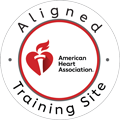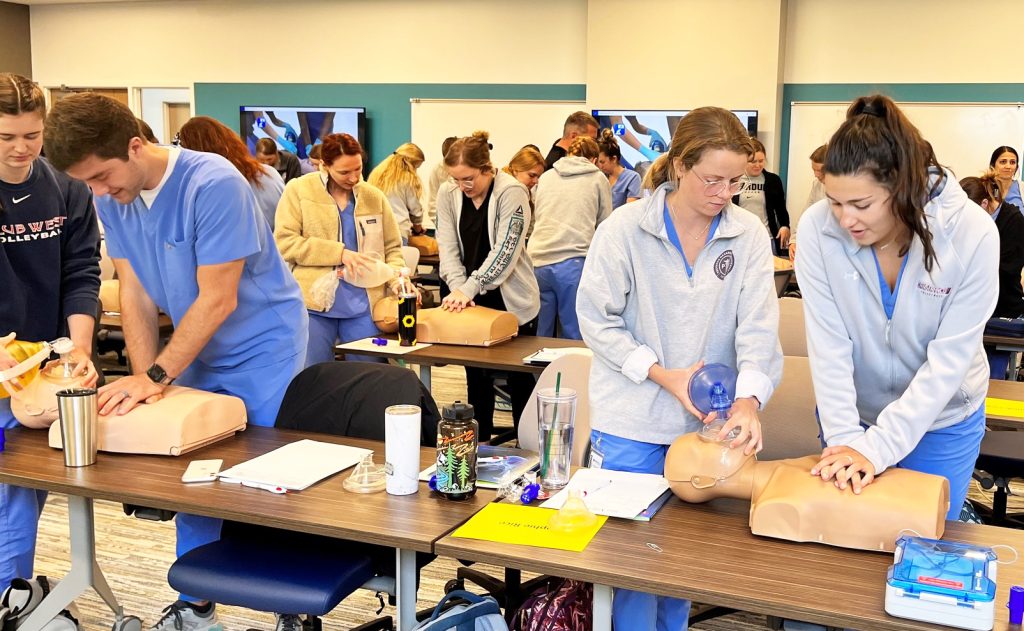Every year, hundreds of thousands of people suffer from sudden cardiac arrest, a life-threatening event where the heart suddenly stops beating. According to the American Heart Association, nearly 350,000 out-of-hospital cardiac arrests occur annually in the United States alone, with survival rates significantly improving when immediate intervention is available. One of the most powerful tools in these situations is defibrillation—a treatment that can restart the heart and save a life within seconds. Understanding what defibrillation is and how it works isn’t just for healthcare professionals; it’s something everyone should know. In this article, we’ll explore the science behind defibrillation, its role in emergency care, and why widespread training is essential for stronger, more prepared communities.
What is Defibrillation?
At its core, defibrillation is the delivery of an electrical shock to the heart to restore a normal rhythm. Our hearts rely on a precise electrical system to keep a steady, coordinated beat. When that system fails, particularly in the case of life-threatening arrhythmias like ventricular fibrillation (V-fib) or pulseless ventricular tachycardia (V-tach), the heart can no longer pump blood effectively. During V-fib, the heart’s electrical signals become chaotic, causing it to quiver instead of contracting. In V-tach, the ventricles beat so rapidly that blood flow becomes ineffective. Defibrillation, also known as electrical cardioversion in clinical settings, interrupts this disordered activity with a controlled shock, giving the heart a chance to reset and resume normal rhythm. But timing is critical: defibrillation is most effective when delivered within the first few minutes of collapse.
Why is Defibrillation Important?
The importance of defibrillation can’t be overstated. Studies show that survival rates from sudden cardiac arrest can exceed 70% when defibrillation is delivered within the first three minutes. However, those chances decrease by roughly 10% for every minute that passes without intervention. This stark statistic highlights the concept of the “chain of survival”—a series of actions that include early recognition, immediate CPR, rapid defibrillation, and advanced medical care. Quick defibrillation not only improves survival rates but also protects brain function and reduces the risk of long-term organ damage. Having AEDs (Automated External Defibrillators) in public areas and ensuring that bystanders are trained to use them transforms entire communities into potential lifesavers.
What is Defibrillation Used For?
Defibrillation is primarily used to treat two lethal heart rhythms: ventricular fibrillation and pulseless ventricular tachycardia. These arrhythmias are almost always fatal if left untreated, making defibrillation a time-sensitive emergency procedure. Whether in a hospital or out in the field, defibrillation is the go-to intervention when a person collapses and is found to be unresponsive and not breathing normally. In hospitals, manual defibrillators are used by trained professionals who interpret ECG readings and adjust shock settings. Outside of hospitals, especially in places like airports, schools, gyms, and workplaces, AEDs provide life-saving treatment in a user-friendly form. Defibrillation is also used preventively in high-risk individuals through implanted devices, but in emergencies, rapid external defibrillation remains the gold standard.
What are the 2 Types of Defibrillation?
There are two main types of defibrillation: manual and automated. Manual defibrillation is used by healthcare providers in clinical settings. It requires the ability to read electrocardiograms (ECGs), select appropriate energy levels, and time the shock precisely. This method offers maximum control but demands high-level training. On the other hand, Automated External Defibrillators, or AEDs, are designed specifically for public use. They come equipped with rhythm analysis software, voice prompts, and safeguards to ensure shocks are only delivered when appropriate. AEDs are often installed in schools, airports, sports venues, and office buildings to ensure that help is never far away. Their accessibility and ease of use make them a vital link in the chain of survival.
What is CPR and Defibrillation?
To understand how defibrillation fits into emergency response, it’s essential to look at how it works with CPR. Cardiopulmonary resuscitation, or CPR, involves chest compressions and rescue breaths to maintain circulation and oxygenation until more advanced care is available. While CPR can keep a person alive temporarily, defibrillation is what can restart the heart. The sequence matters: start with CPR if no AED is immediately available, then defibrillate as soon as the device is ready. High-quality CPR—with compressions at the right depth and rate—dramatically increases the effectiveness of a subsequent shock. Together, CPR and defibrillation form a continuous cycle of care that can bridge the gap until emergency responders arrive.
Who Needs Defibrillation?
So, who needs defibrillation? The most immediate candidates are people experiencing sudden cardiac arrest due to arrhythmias like V-fib or pulseless V-tach. These individuals will be unresponsive, not breathing, and have no detectable pulse. High-risk populations—such as those with known heart disease, survivors of previous cardiac arrests, or individuals with inherited arrhythmia syndromes—may also require defibrillation, either externally in an emergency or through implanted devices. Defibrillation should not be used on a person who is conscious or breathing normally, or on someone with a do-not-resuscitate (DNR) order. Recognizing when to use—and not to use—defibrillation is crucial, and that knowledge comes from proper training.
Conclusion
Defibrillation represents one of the most critical interventions in emergency cardiac care, capable of restoring normal heart rhythm when every second counts. Understanding this life-saving technique—whether you’re a healthcare professional or a concerned community member—can make the difference between life and death in cardiac emergencies. The combination of proper CPR techniques and timely defibrillation creates a powerful chain of survival that dramatically improves patient outcomes.
Take Action: Be Prepared to Save Lives
Don’t wait for an emergency to learn these vital skills. At CPR Tampa, an American Heart Association training site, we provide comprehensive, hands-on training that prepares you to respond confidently in cardiac emergencies. Our stress-free learning environment ensures you’ll master both CPR techniques and automated external defibrillator (AED) operation through practical, real-world scenarios.
Ready to become someone’s hero? Enroll in our BLS for Healthcare Providers, ACLS, PALS, or CPR and First Aid courses today. Whether you’re seeking initial certification or renewal, our expert instructors will equip you with the knowledge and confidence to act decisively when it matters most.
Contact CPR Tampa now to schedule your training and join the ranks of those prepared to save lives in your community. Because when cardiac emergencies strike, proper training isn’t just helpful—it’s essential.



